EUMAM MOZ conducts internal medical evacuation drill
Thousands marooned in the centre of Mozambique with more than 200 dead; national emergency and three days’ mourning declared
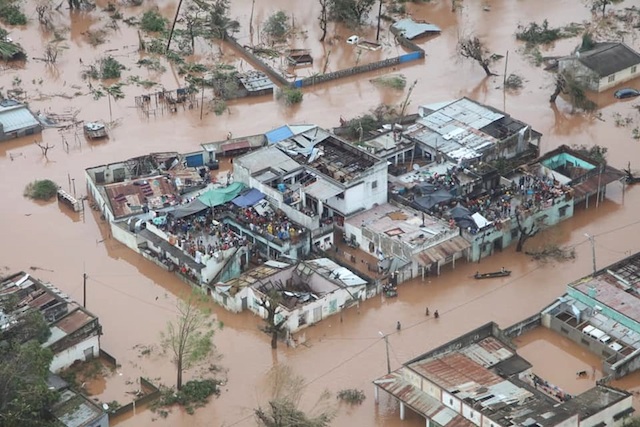
Búzi. Photo: INGC
Five days after Tropical Cyclone IDAI, thousands of Mozambicans remain stranded on the roofs of houses and in trees in central Mozambique where the Búzi and Púnguè river basins are flooded. Meteorologists predict that heavy rains, gusty winds and severe thunderstorms will continue until at least Thursday (21), and suggest we “pray that no low-pressure system forms”, as conditions in the Mozambique Channel continue to favour more heavy rain.
Gathered in the shattered city of Beira, Mozambique’s Council of Ministers declared a national emergency for the first time in the country’s history, and three day’s mourning for the 202 so far confirmed dead.
The National Institute of Meteorology (INAM) does not have precise records of how much rain has fallen in Sofala in the last 24 hours, nor does the National Water Resources Authority know the exact level of flooding in the Búzi and Púngué river basins due to the damages caused by Cyclone Idai. Nevertheless, it is known to still be raining heavily in central Mozambique – at least 75 millimetres in the last 24 hours – so since Saturday rivers and tributaries are in flood, which may extend to the Save Basin, in Vila Franca do Save.
Lake and river police in Manica province have collected 11 bodies on the Lucite river in Dombe administrative post, Sussendenga district, since Sunday, and more than 300 citizens were rescued from trees and roofs.
“The water was up to the patio when I told my wife to take the kids and go with grandma up the road, then we climbed the tree, where we stayed for almost 6 days. Many people died, and others let go of the tree because of the cold,” reported one of the survivors, visibly hungry but relieved by the arrival of the rescue teams, supported by experienced South African swimmers and lifeguards.

An aerial survey by the humanitarian authorities shows a radius of 50 kilometres of Sofala province under water, in places to a depth of six metres.
The Chicamba dam, which discharges its waters into the Búzi and Púnguè basins, was 70 percent full on Tuesday morning (19th), but we do not know how much water is coming from Zimbabwe, where hydrological stations themselves were damaged by floods. If an above-normal amount of water comes from the neighbouring country, the dam may have to initiate emergency discharges, worsening the already appalling situation of thousands of marooned Mozambicans.
“Let’s pray that no low pressure system will form”
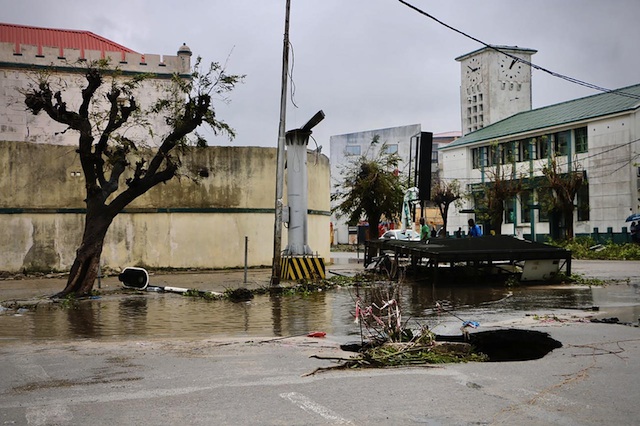
INAM expects heavy rains – over 50 to 75 millimetres in 24 hours – with gusty winds and violent thunderstorms to continue until Thursday (21) in all districts of the provinces of Sofala, Manica, Zambézia and in the districts of Cuamba, Metarica, Mecanhelas, Mandimba, Chimbunila and Lago (in Niassa Province).
Meteorologist Acácio Tembe pointed out that, although the tropical cyclone had already dissipated on Friday (15), “we have a low pressure zone in Sofala and Manica that is persisting and stationary, and is the cause of much rain, mainly in these two provinces. ”
“The rainy season nominally ends on 31 March but if we look at these phenomena, they all started later than at other times, so we may have rain early in April. We must continue to monitor the situation, because waters in the Mozambique Channel are above 30 degrees Celsius, and any low pressure system entering the Central Region will develop and may again create rainfall, so let’s pray no low pressure system forms,” Tembe added.
“National Emergency in the Republic of Mozambique” with more than 200 deaths
In the destroyed capital of the province of Sofala, the people of Beira are trying to return to normal, cleaning up what is left of their homes in a city where there is no drinking water, electricity, food or any other necessities.
“We heard the warning of the cyclone but we did not believe it would beso strong,” said Aquino, a sexagenarian who has no memory of any similar calamity in the Chiveve. “There was none of this in 2000” another man recalled, still trying to contact family members in Beira and indifferent to the presence of the entire Council of Ministers and President Filipe Nyusi himself.
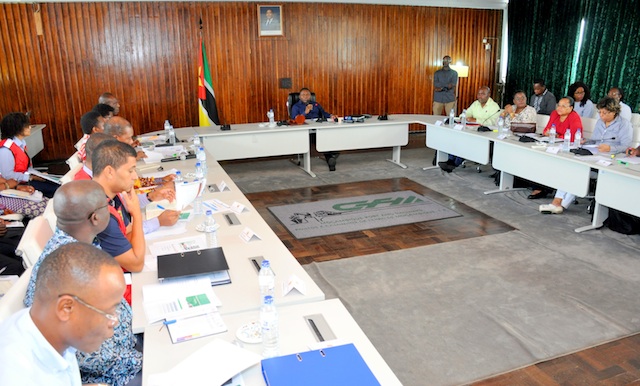
After several hours of meeting at the CFM (Mozambique Railways) facilities, the head of state announced a national emergency for the first time in Mozambique’s history.
“From the information provided to us here, in the context of confirmed deaths, we were told provisionally 84, but then on the ground we were seeing that there were already 200 and something, and not only that, but also 350,000 citizens at risk as well as severe destruction. So the Council of Ministers decided to decree three days’ national mourning in Mozambique starting at midnight,” President Nyusi added.
The director of INGC told @Verdade that updates from Dondo, Nhamatanda and Manica mention 202 confirmed deaths, bringing to 268 the number of deaths recorded since the beginning of the rainy season in Mozambique.
By Adérito Caldeira


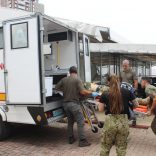
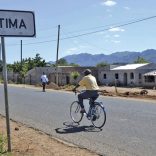
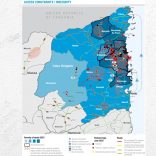


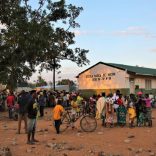




Leave a Reply
Be the First to Comment!
You must be logged in to post a comment.
You must be logged in to post a comment.